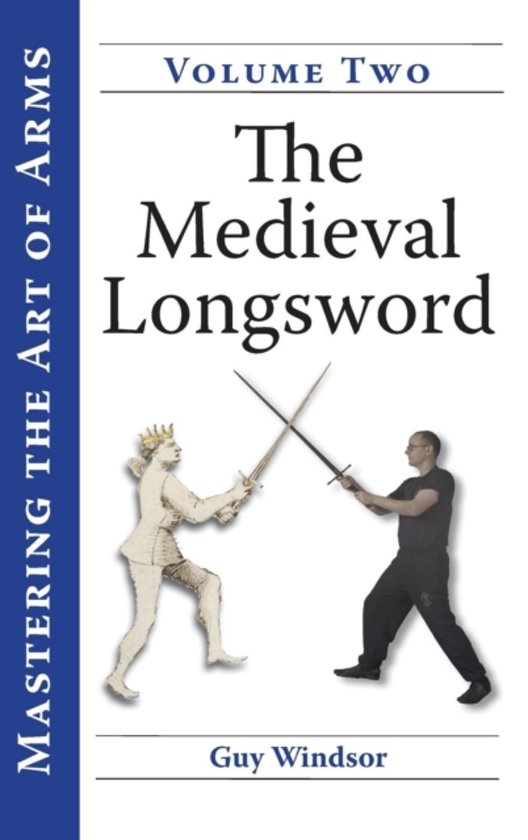medieval
The Academic Dis, Sixteenth-Century Style
Quaestiones Forojulienses: With which edge should one make each cut?

One of my academic interests is knightly combat in late medieval Europe as described in four manuscripts by Fiore dei Liberi dating to the beginning of the fifteenth century. Fiore’s works, and those of his contemporaries in more northerly lands, give us a unique chance to understand how the weapons and armour racked in museums were meant to be used. They at the very least give anyone interested in how ancient people fought food for thought. This series of posts is inspired by the Greek scholar Plutarch, who wrote an antiquarian essay asking why the Romans practiced some curious customs. Plutarch was wise enough to give questions not answers, and that will be my policy in these posts as well.
Blows, steps, and guards make up the vocabulary of an early European martial art. While Fiore describes these things more clearly than his contemporaries did, his words still leave some ambiguity.
Read moreSome thoughts on Guy Windsor’s “The Medieval Longsword”

Guy Windsor, Mastering the Art of Arms, Volume 2: The Medieval Longsword (School of European Swordsmanship: Helsinki, 2014) (link to author’s online store)
Sometimes reviewers are tempted to review the book which they wish was sitting in front of them, rather than the book which actually is there. This is not a discussion of possible interpretations, their strengths and weaknesses, and why the author prefers the one which he does. Instead, it is an experienced teacher’s best attempt to teach Fiore’s art to people today from scratch, and it does that very well if somewhat narrowly.
Read moreQuaestiones Forojulienses: What does it mean to “enter”?

One of my academic interests is knightly combat in late medieval Europe as described in four manuscripts by Fiore dei Liberi dating to the beginning of the fifteenth century. Fiore’s works, and those of his contemporaries in more northerly lands, give us a unique chance to understand how the weapons and armour racked in museums were meant to be used. They at the very least give anyone interested in how ancient people fought food for thought.
This series of posts is inspired by the Greek scholar Plutarch, who wrote an antiquarian essay asking why the Romans practiced some curious customs. Plutarch was wise enough to give questions not answers, and that will be my policy in these posts as well.
One of the most common verbs in Fiore’s works is “to enter” (Italian entrare or intrare). Translators often translate the Italian word with its English cognate, but I have never felt that I understand every use. Tom Leoni speaks of three types of expression which a translator must handle: those which are purely technical, those which are part of ordinary speech, and those which have both a common meaning and a technical one. Phrases like “to enter into the zogho stretto” fall into his third category, the most difficult to translate. Fiore also wrote in verse, and poetry usually allows a wider range of words, meanings, and expressions than prose. Being away from my books, I have used Wiktenauer to compile some examples of usage:
Some Thoughts on Guy Windsor’s “Italian Longsword Guards”
Ancient martial arts are dead and beyond recovery. Anyone who wishes to learn a method for using ancient weapons effectively must study an art originating within the last thousand years before looking at the scraps of literature and painting and sculpture which give us some hint to how Assyrians or Romans fought. We are extraordinarily lucky to have a series of European fencing manuals running back to circa 1300, and over the past decades these sources have attracted researchers willing to face the formidable scholarly, epistemological, and physical challenges of interpreting them. In Italian Longsword Guards: Comparing Vadi’s Guards with Fiore and Marozzo Guy Windsor makes a first attempt at one of these problems: the relationship between guards for the sword in two hands in the oldest known Italian writers who describe that weapon, namely Fiore dei Liberi (wrote circa 1404-1410), Philippo Vadi (wrote circa 1482-1485), and Achille Marozzo (first edition printed 1536). Vadi’s verse manual contains many names and phrases which resemble Fiore’s words, but also significant differences.
Read more
A Cheerful Winter Story
George Monbiot has a story to tell about life in the jungles of Brazil. The Guardian published it here and I urge my gentle reader to read his story before they read my thoughts, because it is a good story.



